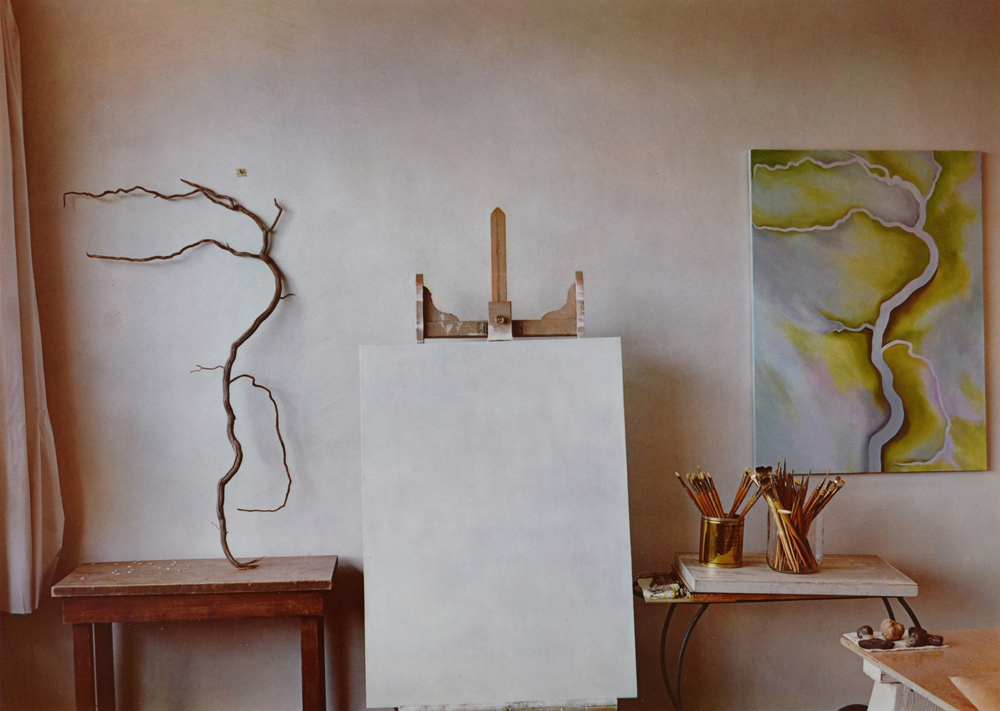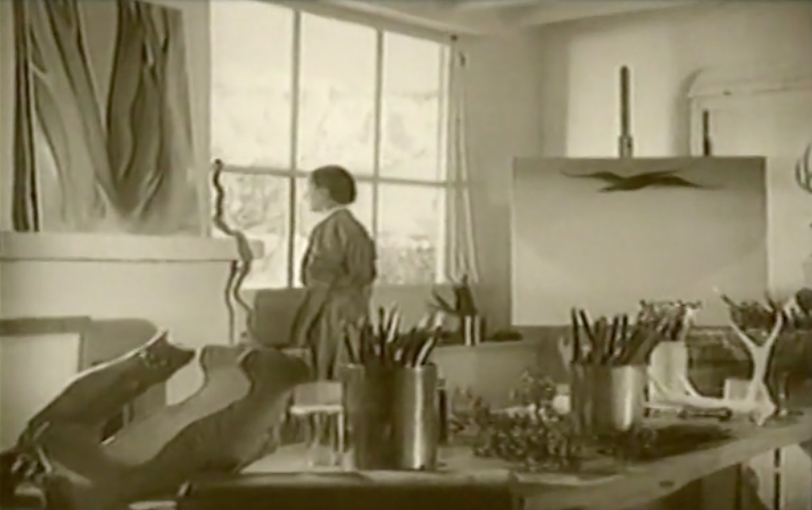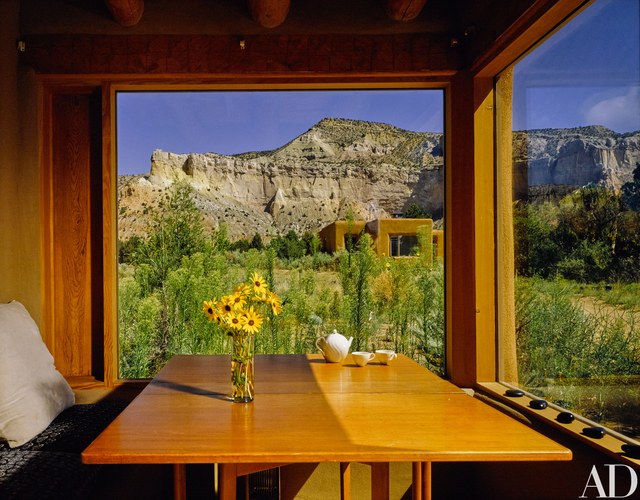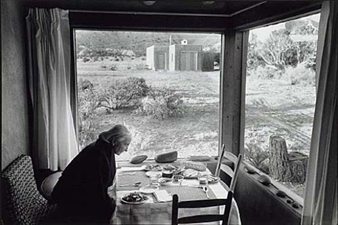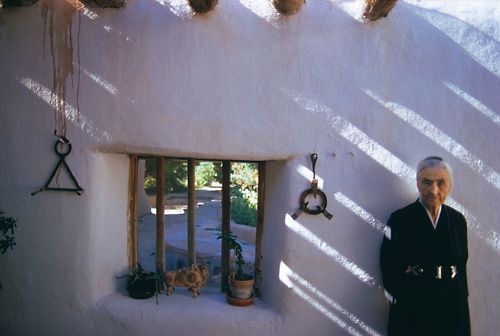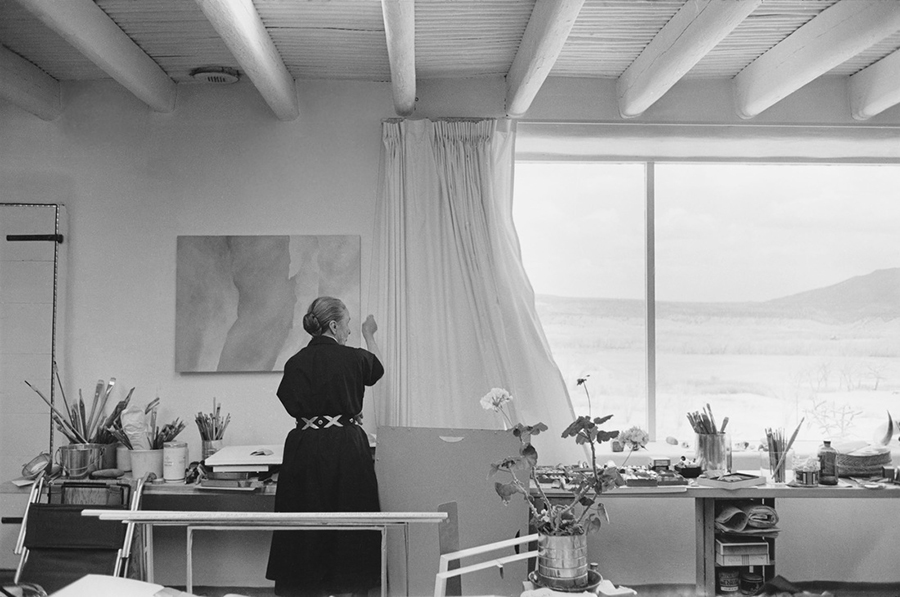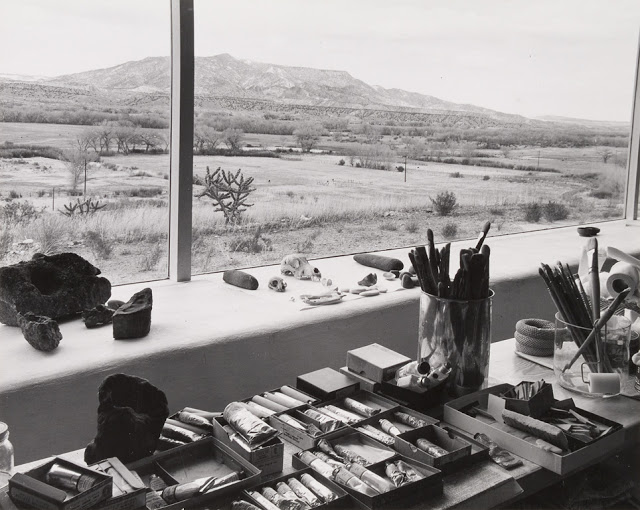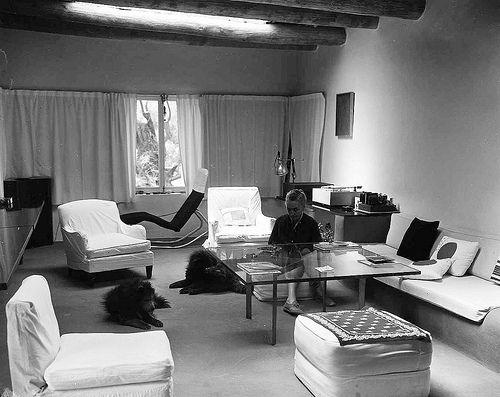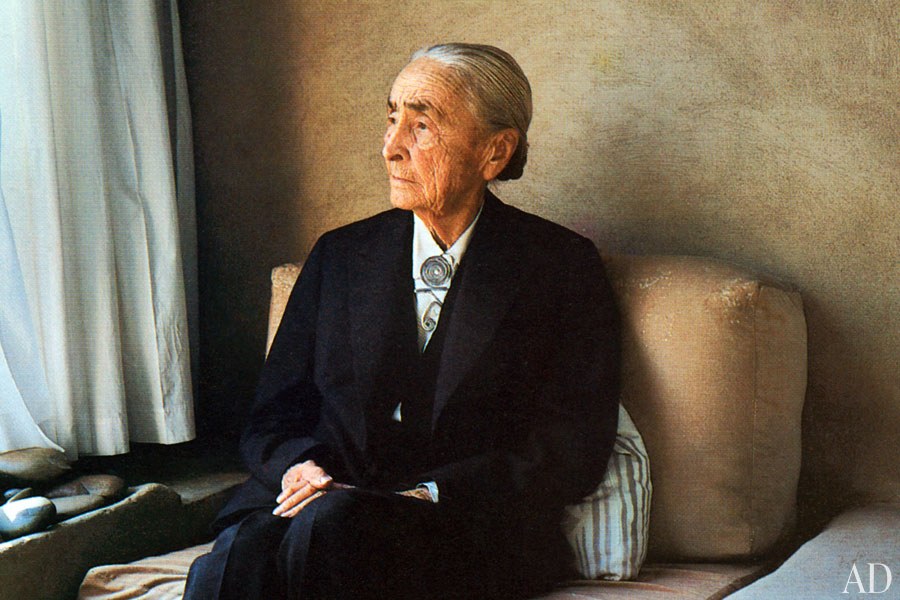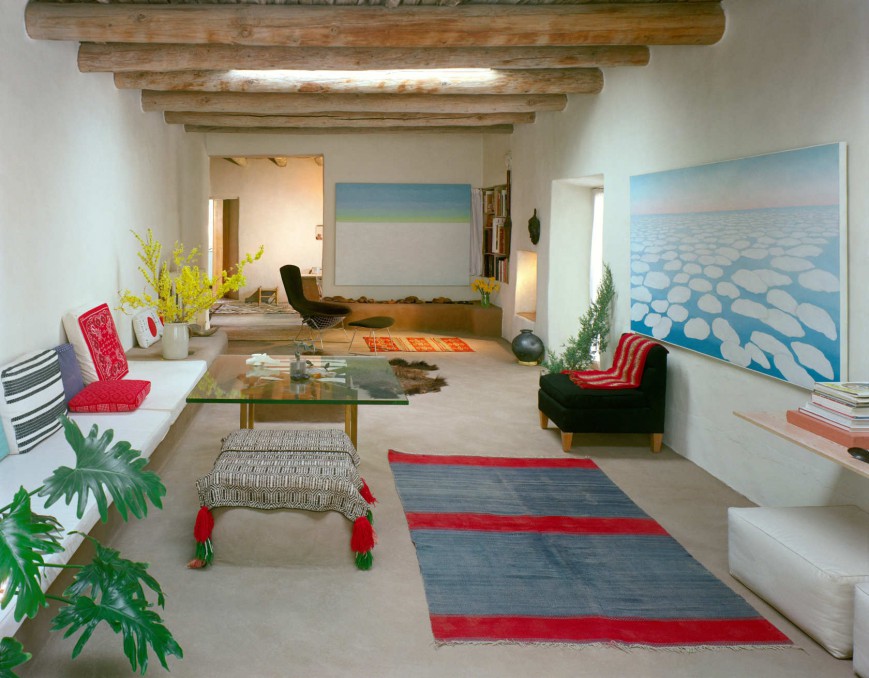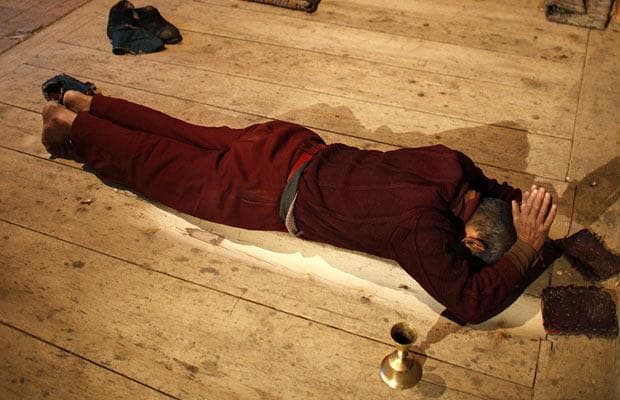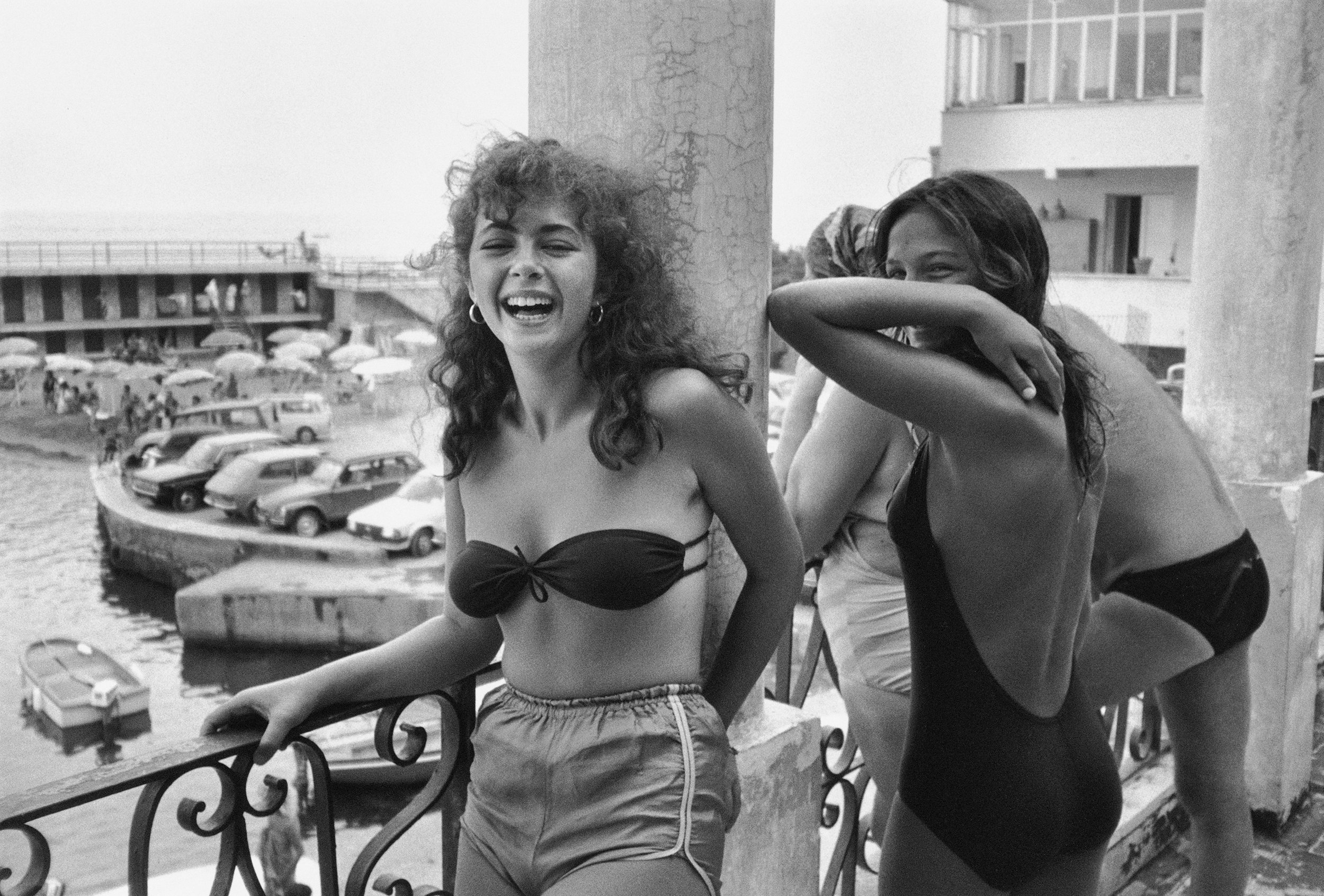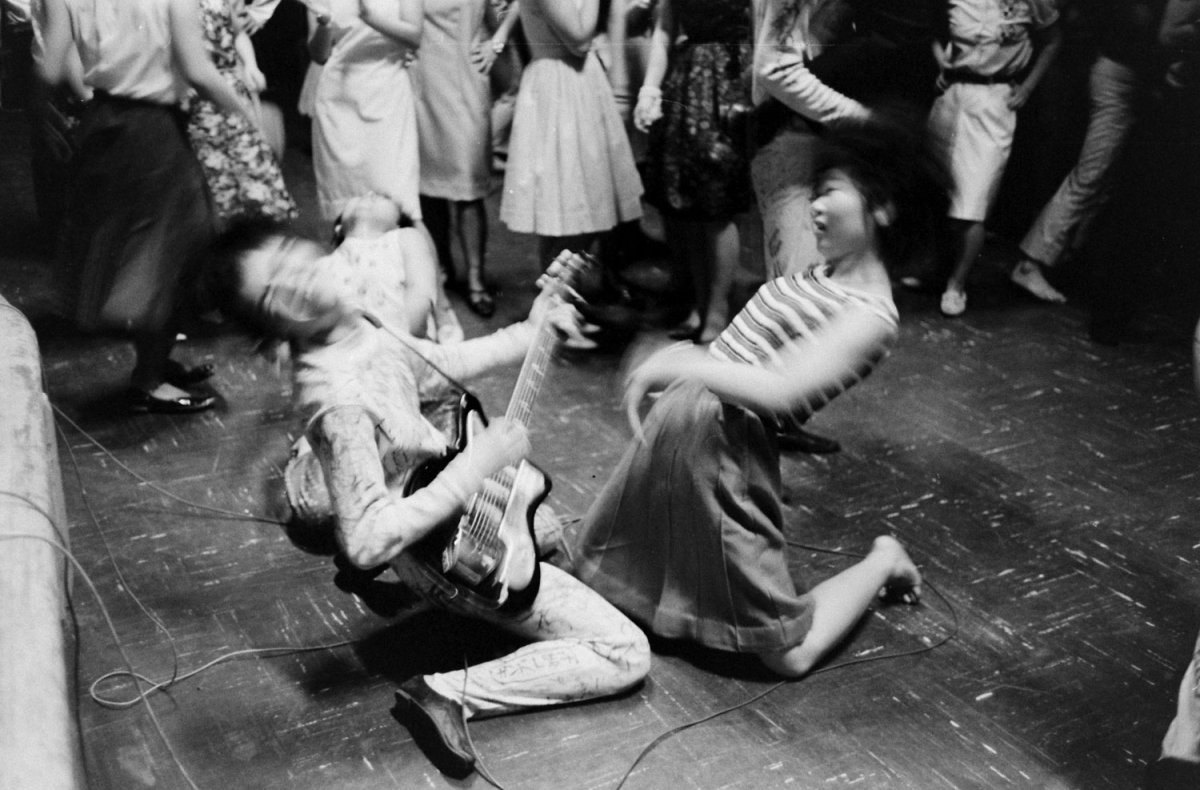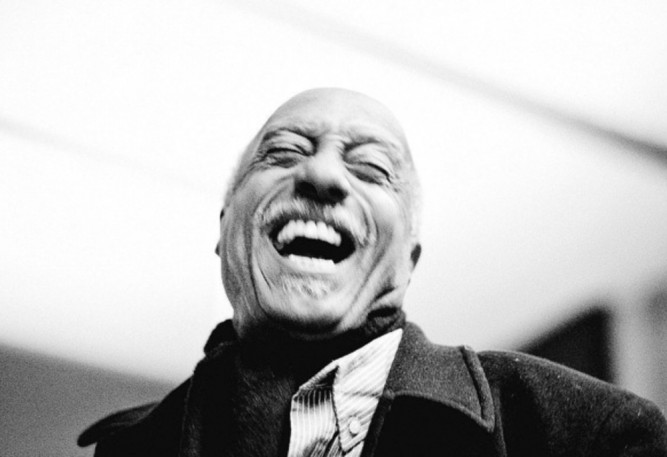This picture has been on my mind.
This lady has been on my mind.
Jacob Holdt made this photo- one of approximately 15.000 pictures he took during 5 years of hitchhiking across America in the early 1970’s. During this time, he stayed in over 400 homes, ranging from the extremely poor to the very wealthy and intimately documented this stark contrast, the painful social injustice within American society.
His parents had sent him the cheapest half-frame camera they could find, and every week Jacob sold his blood plasma in order to have a little money to pay for new film and post the photographs back to his family home in a small village in western Jutland, Denmark.
Jacob Holdt never considered himself a great photographer and has mentioned that for him, photography is just a way of fighting racism.
About the above photo, he has shared the following story:
“In Alabama, this poor old woman of 87 asked me to drive her to Phoenix, Arizona. She wanted to go there to die. I helped her board up the windows in her dilapidated shack outside Tuskegee, because although she knew very well she would never return, she still didn't want the local blacks moving into it.
She sat the whole way out there with a pistol in her hand. She was scared stiff of me because of my long hair and beard, but she had no other way of getting to Arizona. She was so weak that I had to carry her whenever she had to leave the car, but in spite of this she continued to cling to her gun.
The car was so old that we could only drive at 30 miles an hour, so the trip took us 4 days. She had saved for years in order to have enough money for gas, but she had no money for food, so I had to get out several times and steal carrots and other edible things along the road. ”
Now- when I read these words and look at the old lady’s face, it saddens me.
It saddens me, that in the evening of her life, all this lady had to hold on to was hate and fear, tightly clutching it through the cold metal of her gun.
But somehow I hope, that somewhere, perhaps at the end of her last journey, she experienced a tiny sense of freedom.
A feeling that Jacob Holdt himself described as following:
“The greatest freedom I know is to be able to say yes; the freedom to throw yourself into the arms of every single person you meet. Especially as a vagabond you have the freedom, energy, and time to be fully human toward every individual you meet. The most fantastic lottery I can think of is hitch-hiking. There is a prize every time. Every single person can teach you something. [...] Every person is like a window through which the larger society can he glimpsed.”
American Pictures, Jacob Holdts’ document of the time he spent in the USA between 1970 and 1975 is devastatingly intimate, painfully confronting and shockingly relevant.
http://american-pictures.com/
xez
* all photographs copyright ©Jacob Holdt

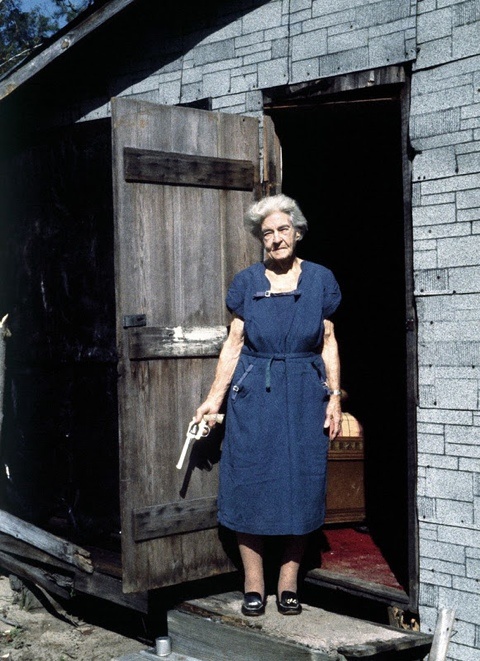
























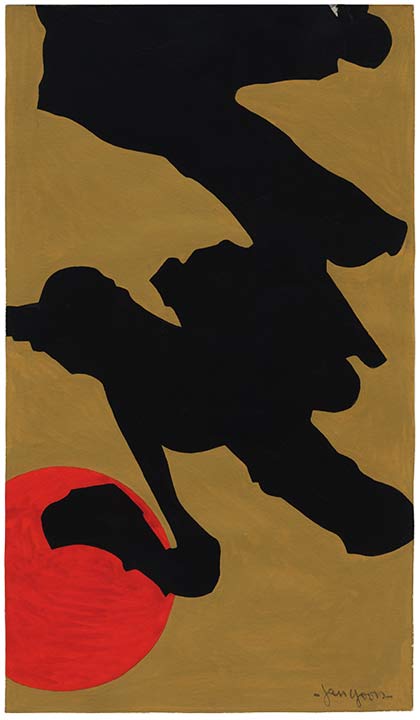


















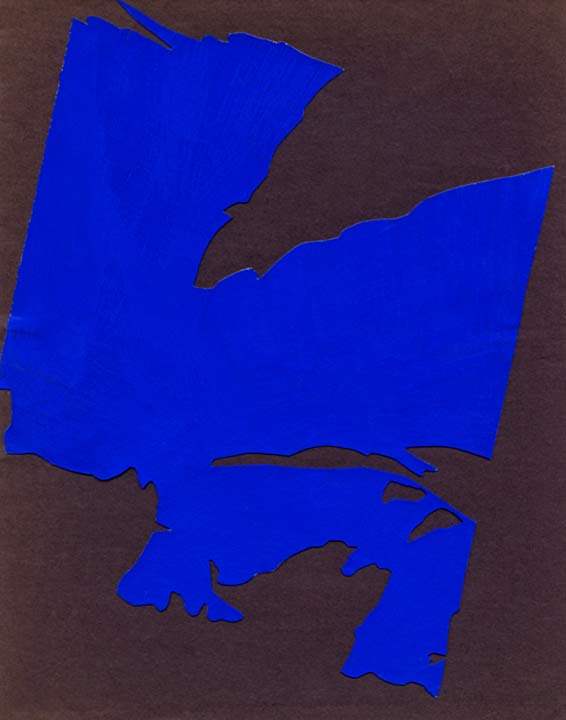


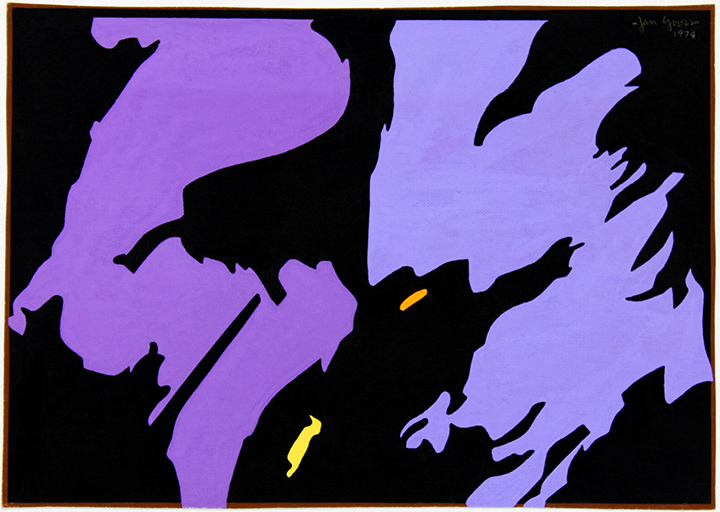

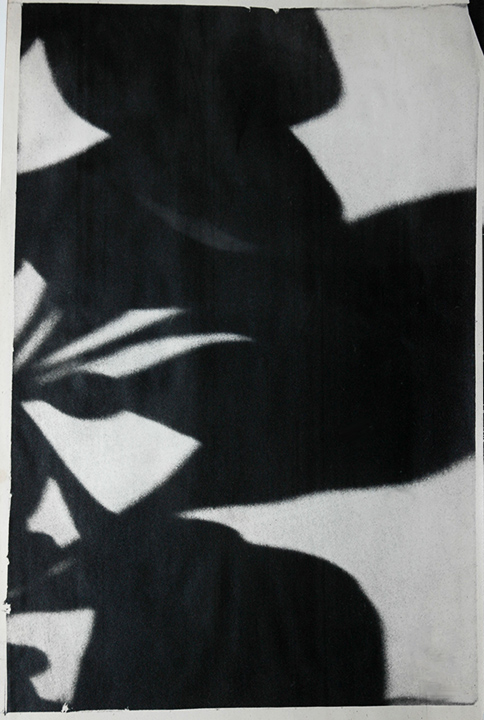








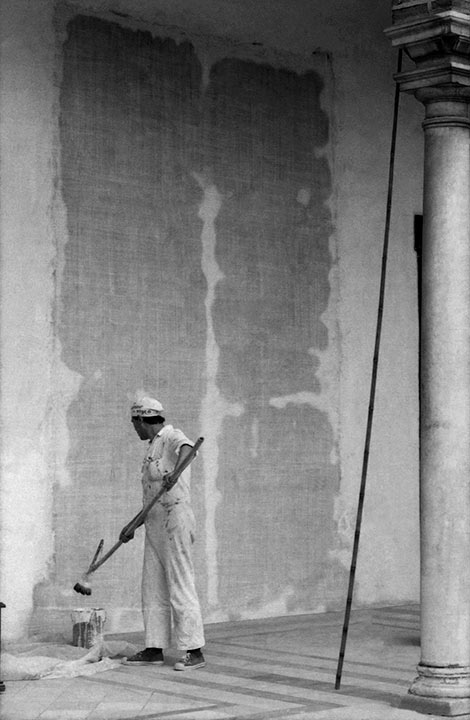










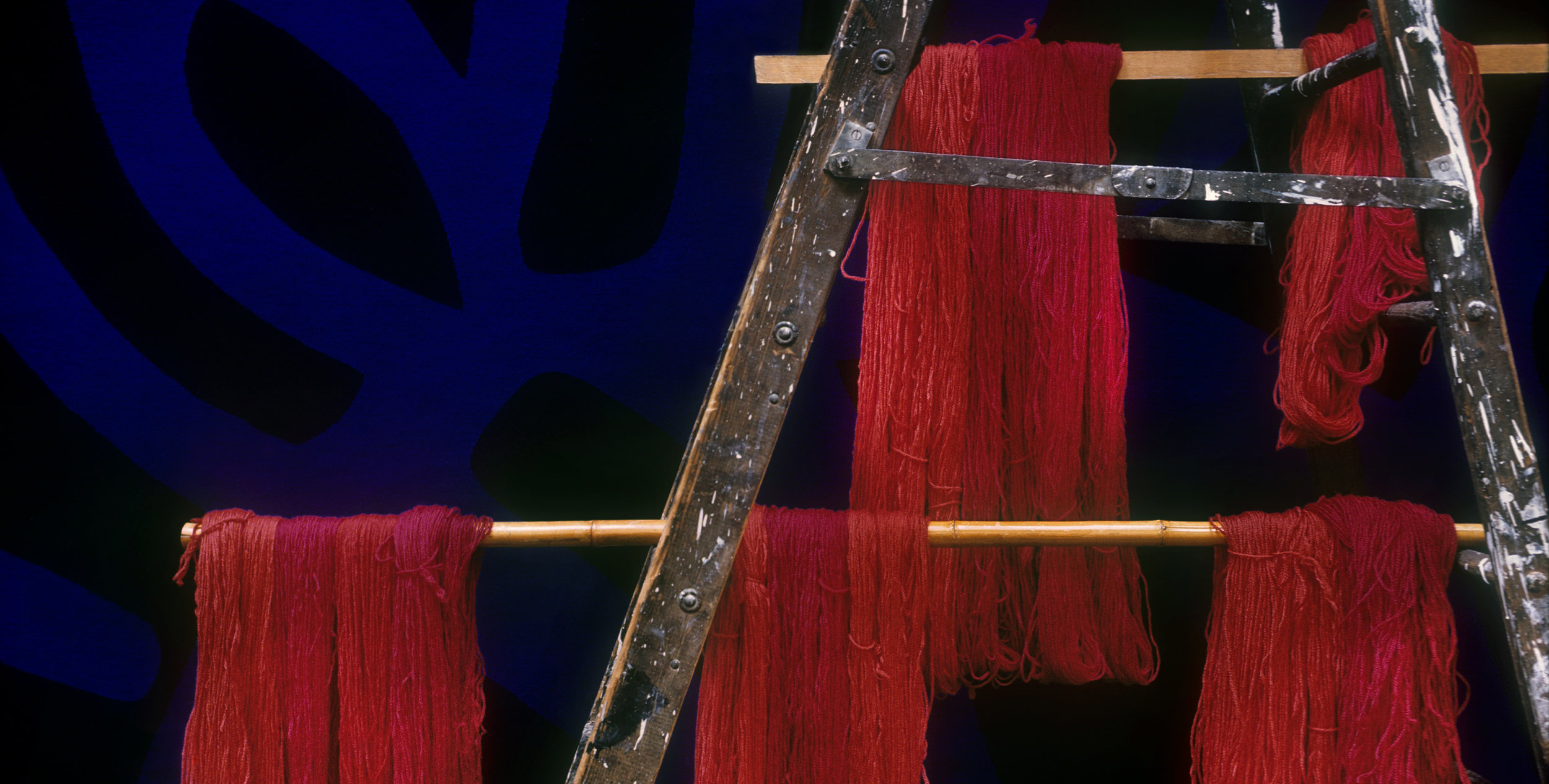







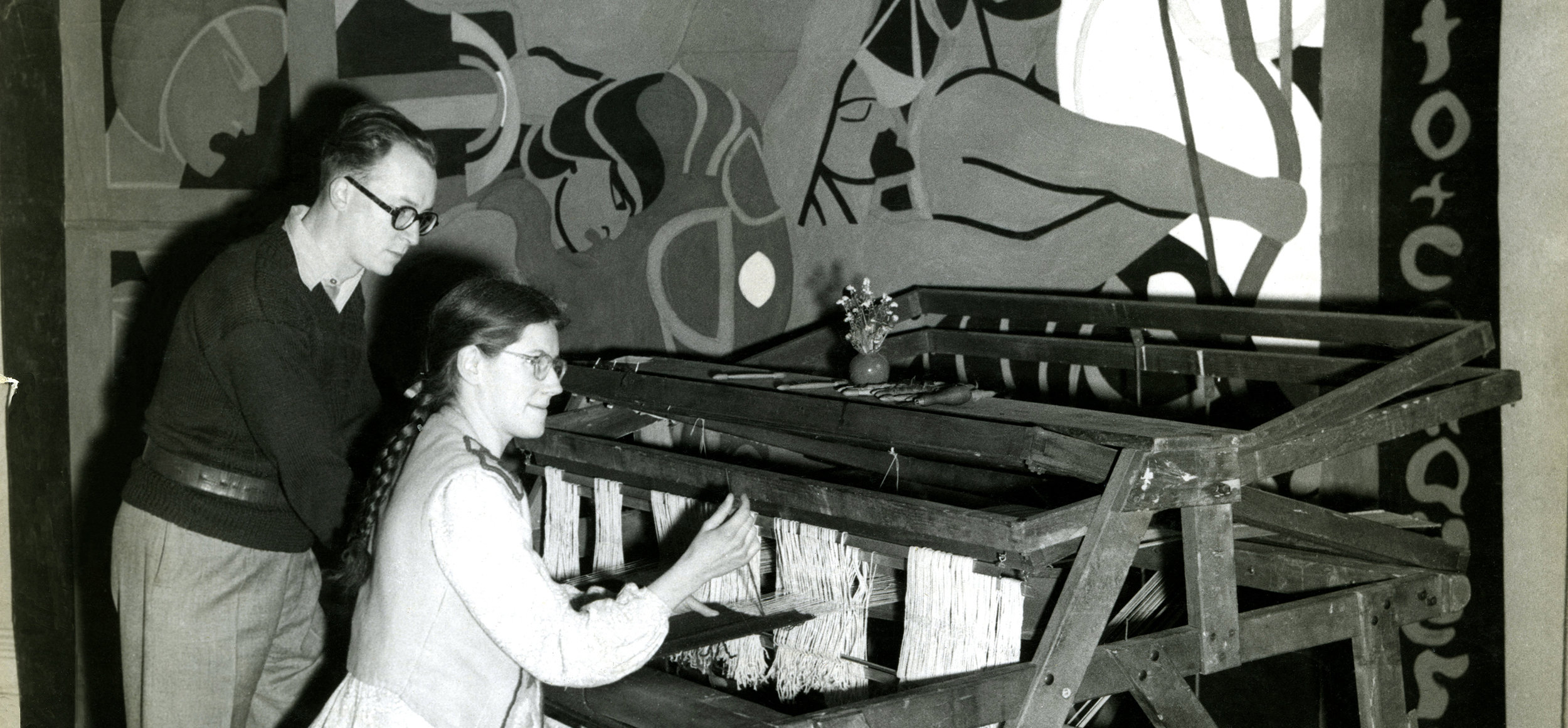
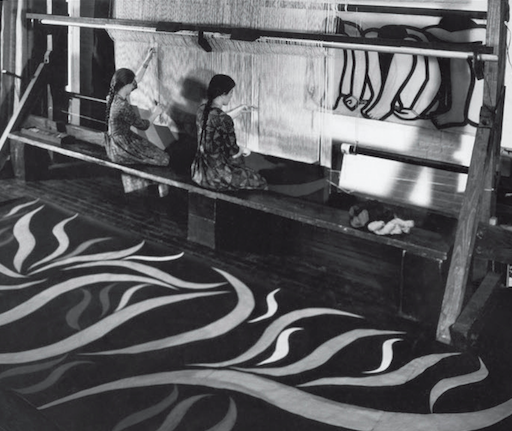






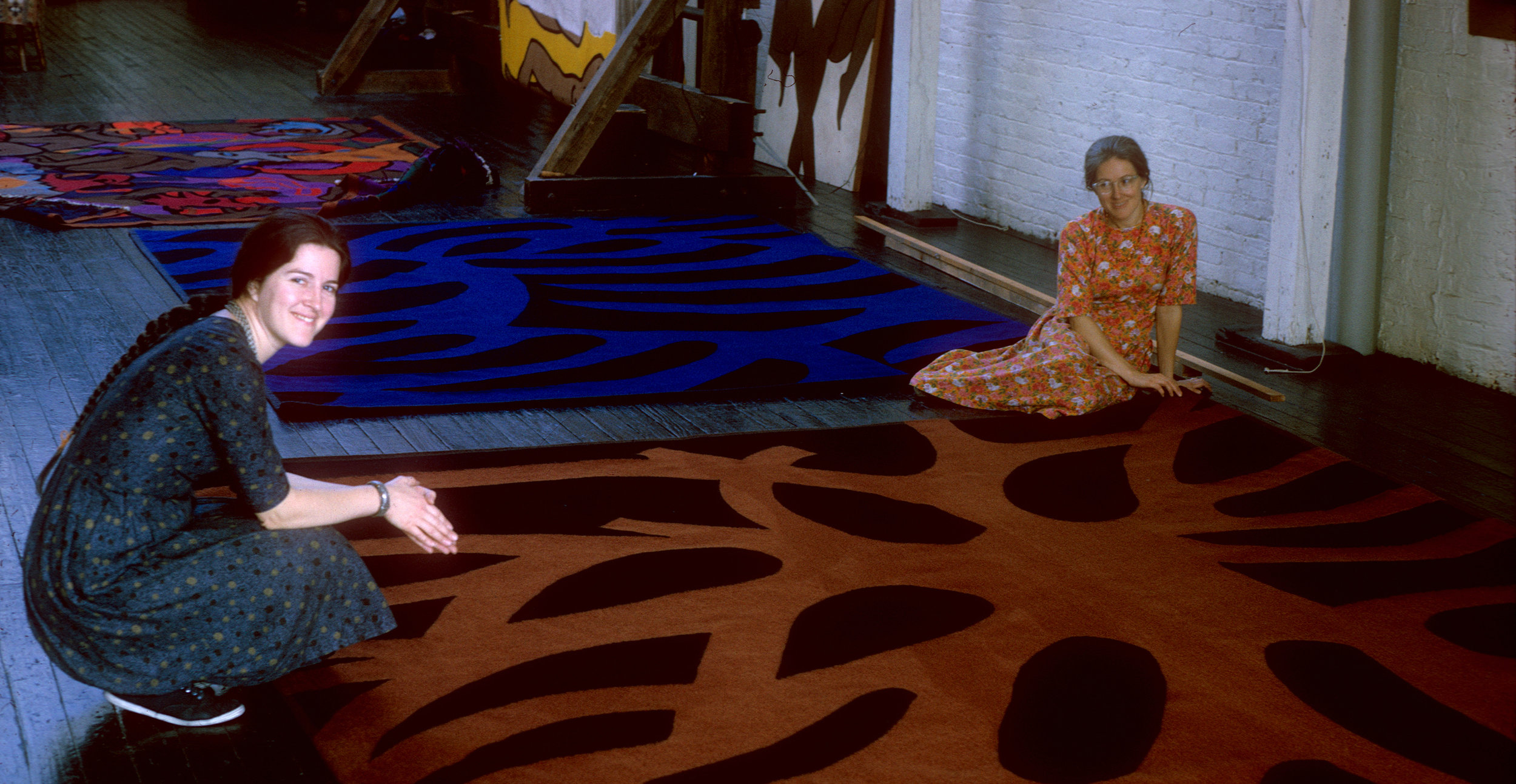




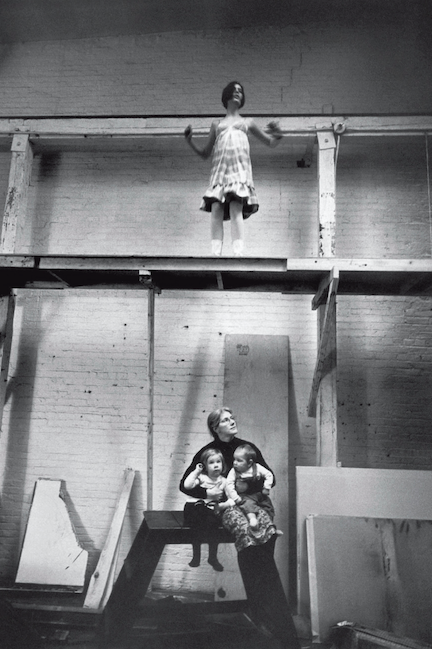





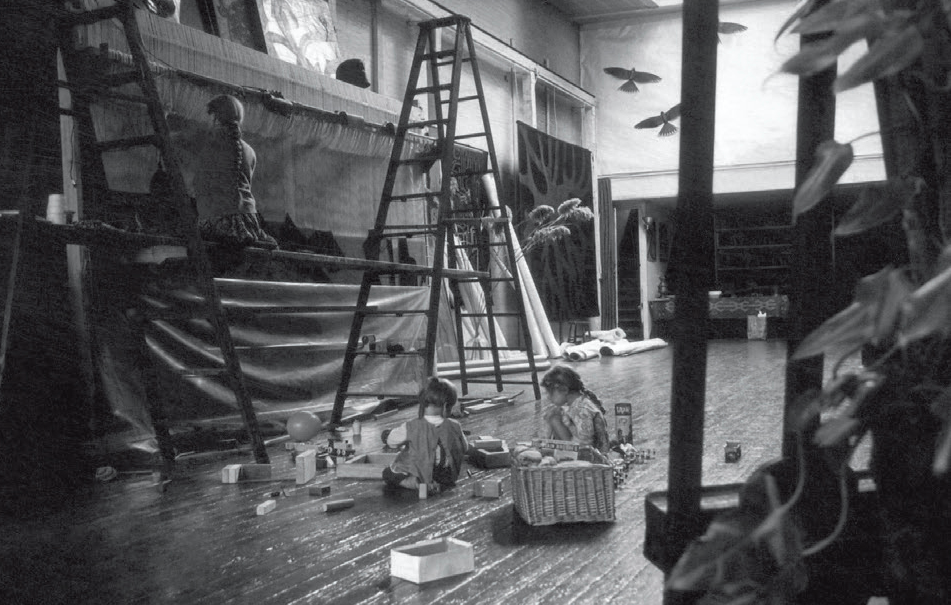











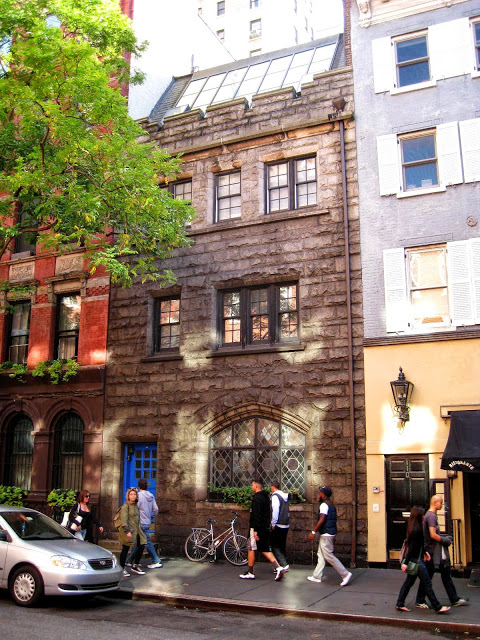
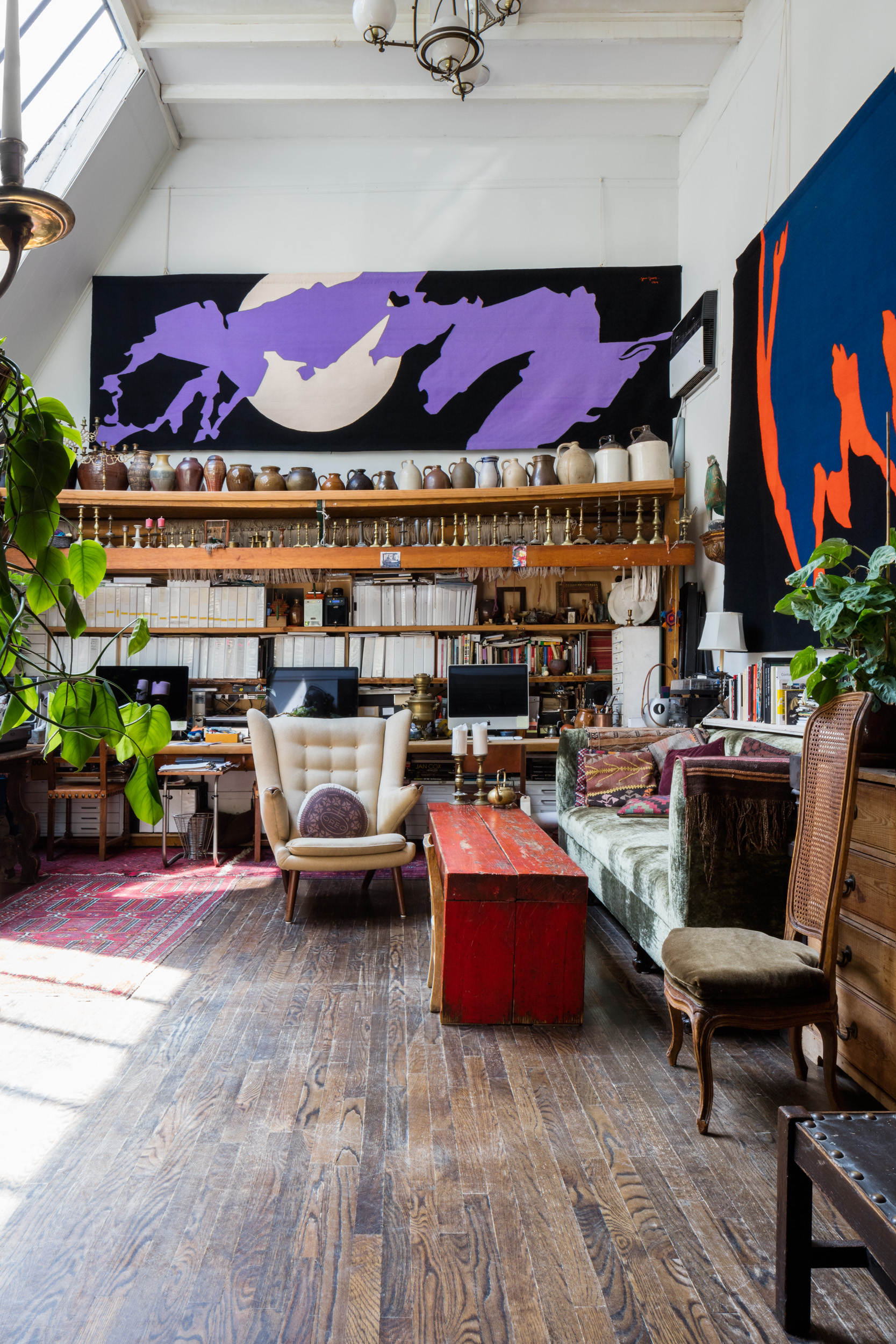







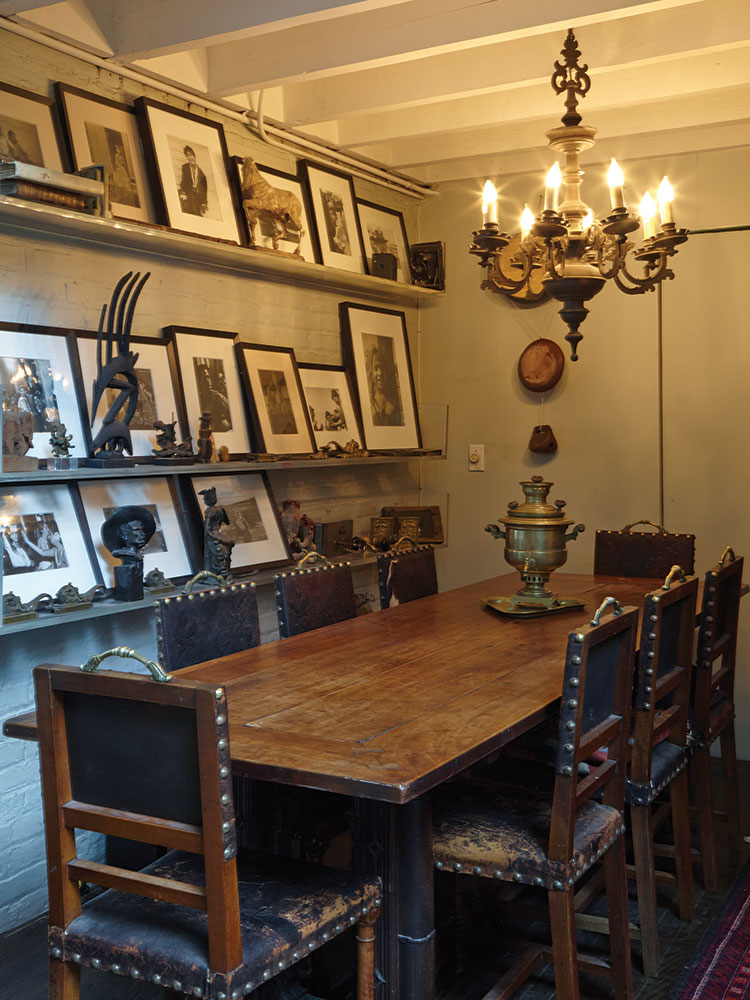

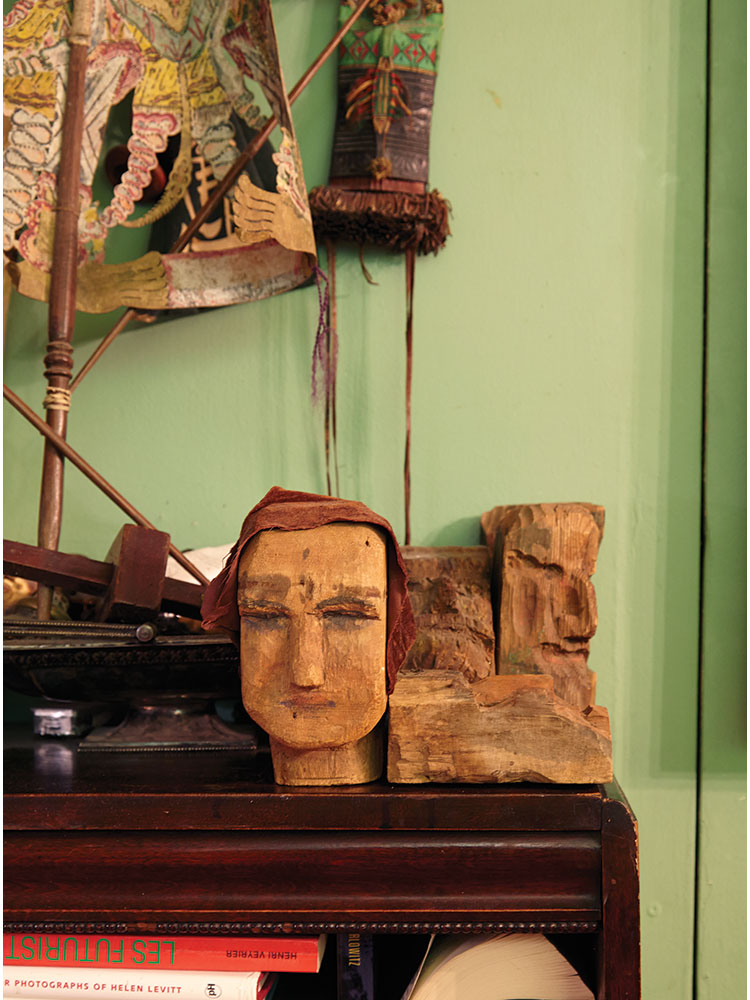





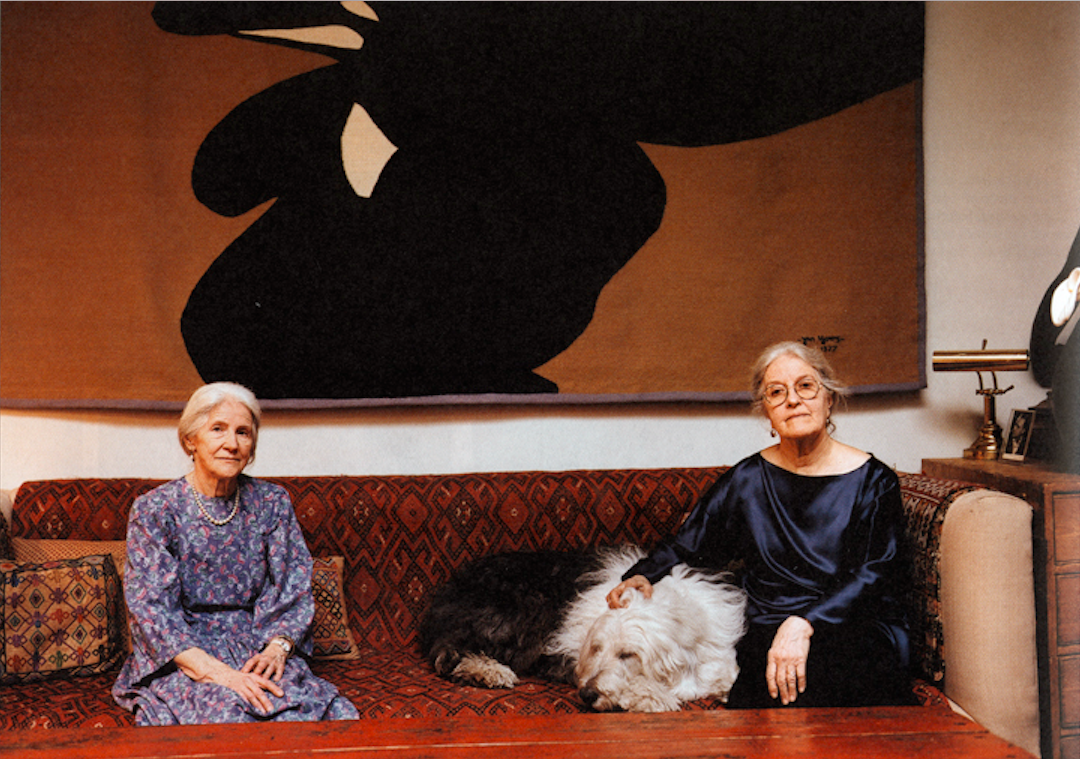





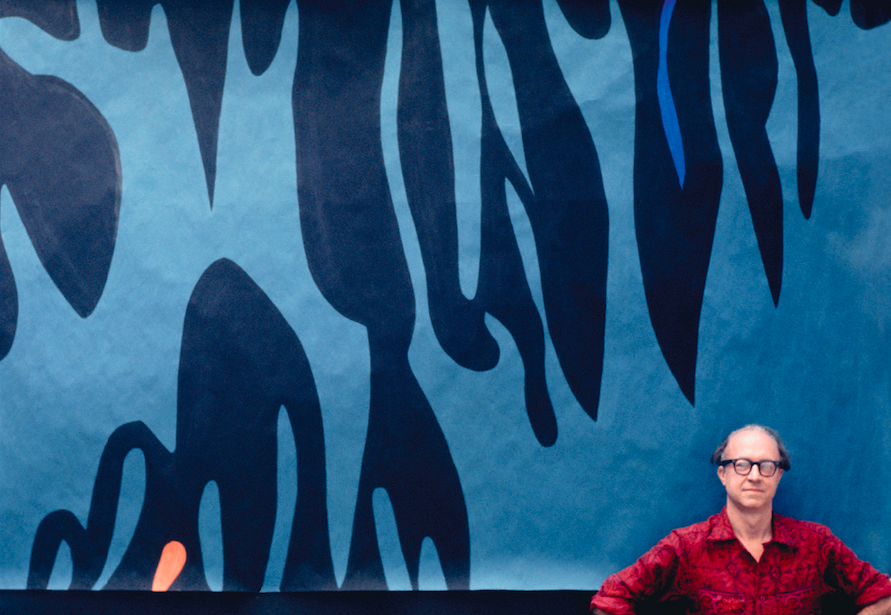



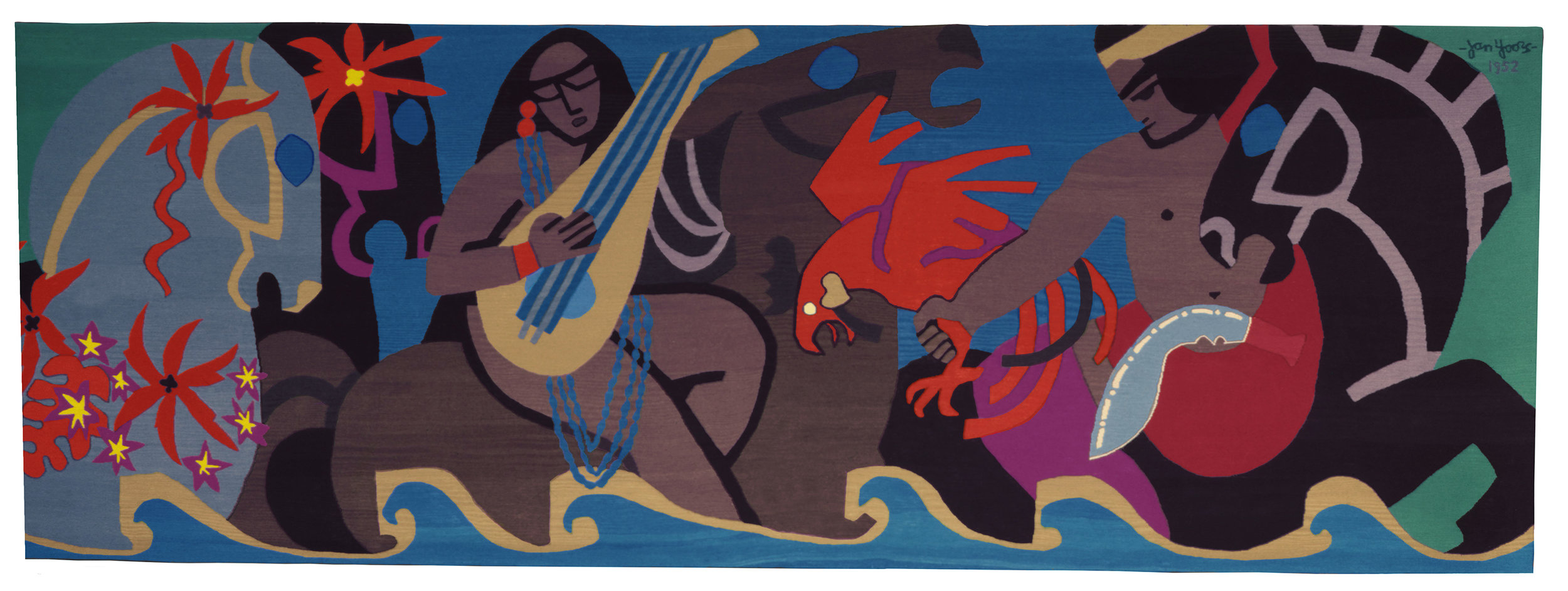



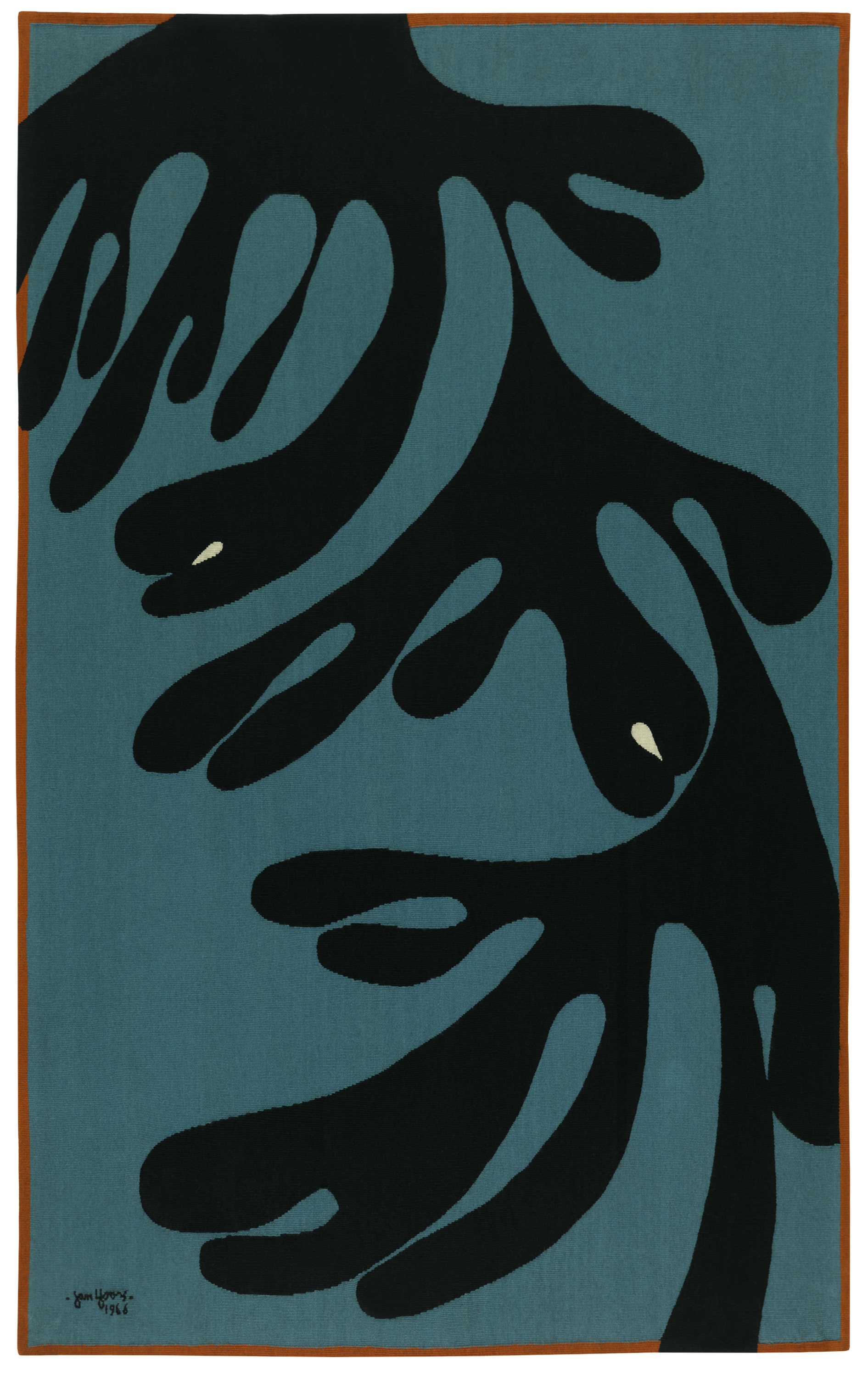













![JavierSilvaMeinel[4].jpg](https://images.squarespace-cdn.com/content/v1/5b5871e29f8770cd5f4e7bcb/1541281794699-H774U5D97IGUUTK3HVGS/JavierSilvaMeinel%5B4%5D.jpg)





























































